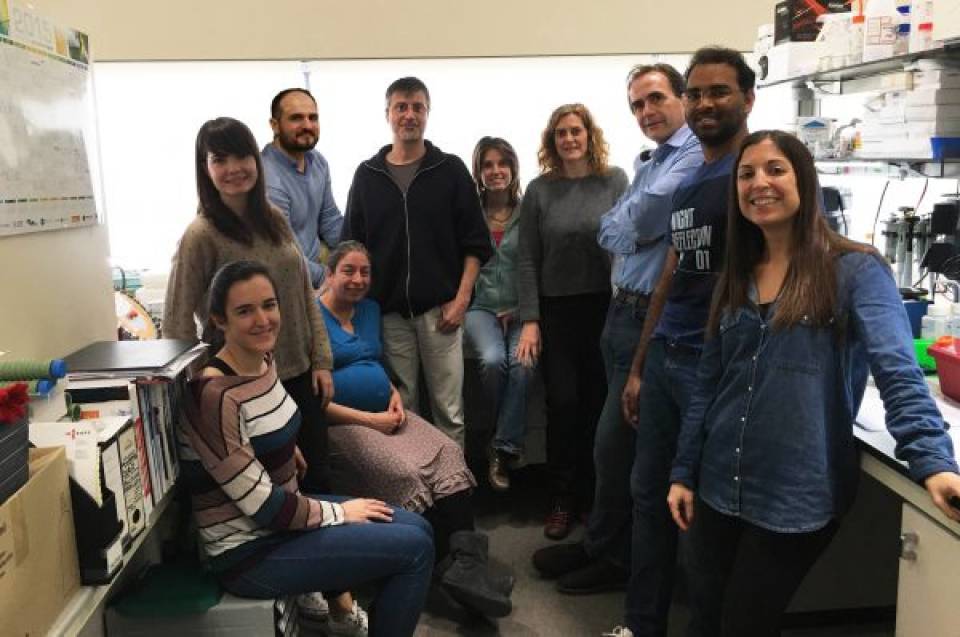Until now most genetic studies focused on a small part of the genome that contains the genes, but it is known that there are hundreds of thousands of other regions of the genome that are very important as they have the ability to regulate gene expression. However, it remains unknown what fraction of these fragments of DNA or RNA are functional and what their impact is on the appearance and progression of different diseases.
In an article published in 2012, also in the journal Cell Metabolism, the same team of researchers described more than a thousand fragments of long-chain RNA (lncRNAs) in pancreatic beta cells, a crucial cell type in the pathogenesis of diabetes. "We discovered that they were activated during cell differentiation and that they could play a key role in adapting this type of cells to the demand for insulin secretion, since some of them appeared to be regulated by the concentration of glucose in the organism”, explains Dr. Jorge Ferrer, who also coordinated this study. "We still have to know, however, which of them have a physiological function in human beta cells and this should be able to be assessed systematically," he adds.
In this study researchers have done a screening of a set of these fragments that seemed interesting because their expression was limited to pancreatic beta cells. They disturbed the expression levels of these lncRNAs to see if there was an impact on the normal function of these cells. "With some of them, nothing happened. With others, decreasing the expression of RNA altered the expression levels of certain genes," says Dr. Ferrer.
The same experiment was performed for RNAs encoding transcription factors and it was found that they regulated the same genes, that is, they regulated a common network. And many of the studied transcription factors were involved in the mechanism of different forms of diabetes. One of these RNAs that have been studied, called PLUTO, is next to important genes for human diabetes and alters the chromatin structure of the cell nucleus.
"Thus, it can be said that these long fragments of non-coding RNA are regulators of gene expression," explains Dr. Ferrer. "In this article we have clarified what are these non-coding RNA fragments and their role they in the beta cells of the pancreas" he concludes.
Article reference:
Human Pancreatic β Cell lncRNAs Control Cell-Specific Regulatory Networks.
Akerman I, Tu Z, Beucher A, Rolando DM, Sauty-Colace C, Benazra M, Nakic N, Yang J, Wang H, Pasquali L, Moran I, Garcia-Hurtado J, Castro N, Gonzalez-Franco R, Stewart AF, Bonner C, Piemonti L, Berney T, Groop L, Kerr-Conte J, Pattou F, Argmann C, Schadt E, Ravassard P, Ferrer J.
Cell Metab. 2016 Dec 28. pii: S1550-4131(16)30595-2. doi: 10.1016/j.cmet.2016.11.016.

